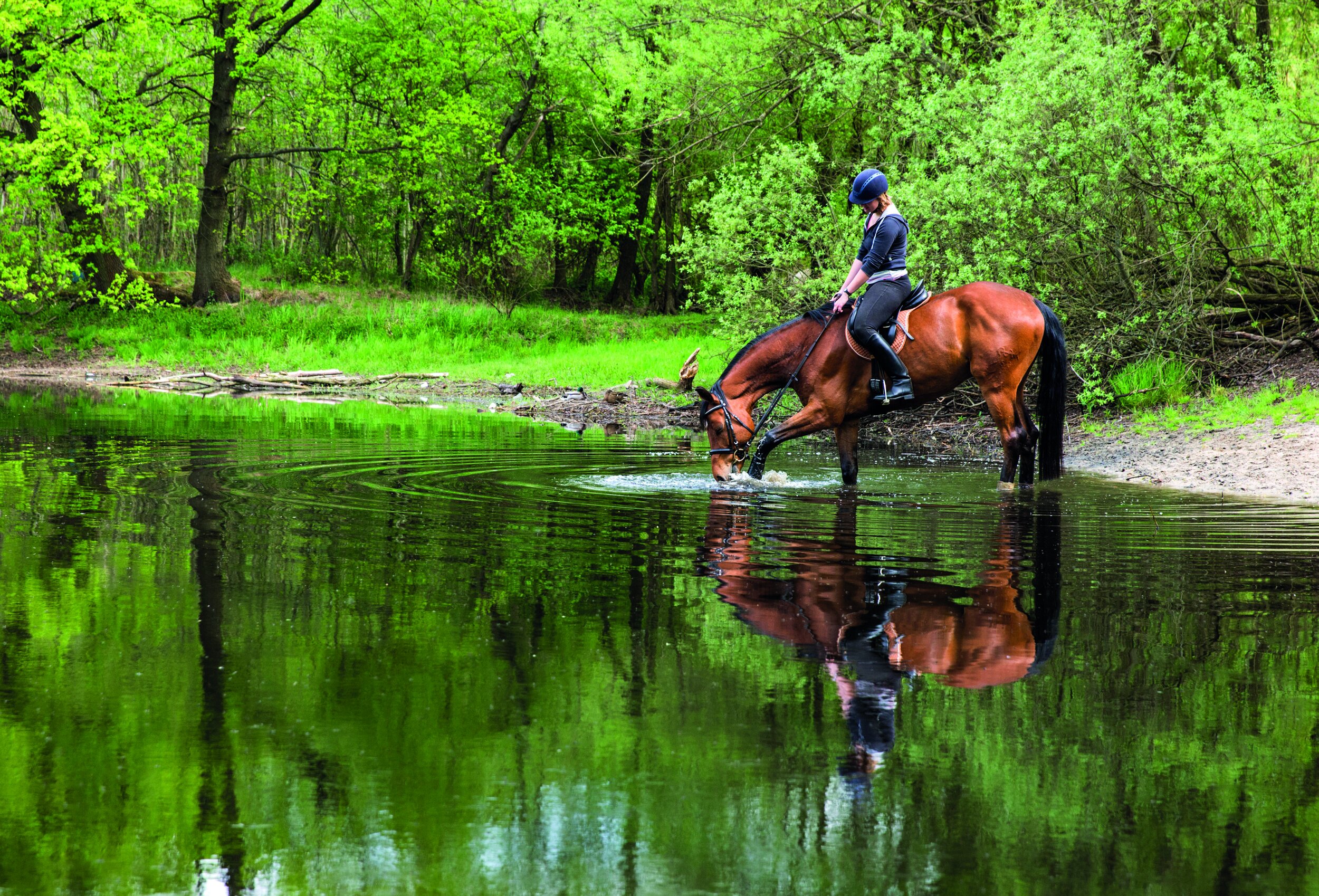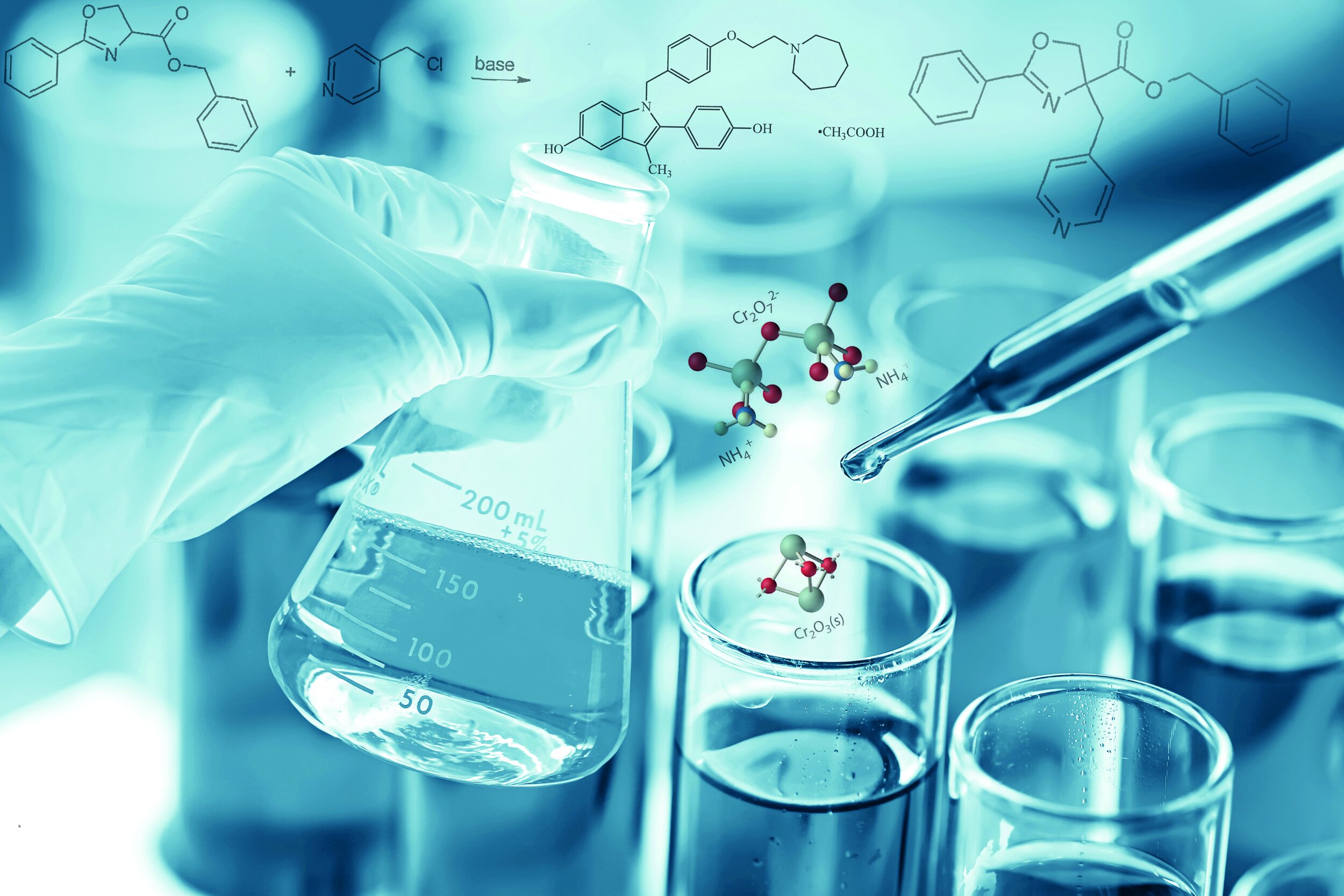Clean Water and horses - the importance of this often forgotten essential nutrient
Words - Alan Creighton
The Irish Equine Centre monitors the environment in over 200 racing yards across Europe. That monitoring package includes air quality, feed and fodder quality and storage, stable hygiene testing, and indoor exercise hygiene testing. A further major portion of that environmental monitoring package includes regular water sampling both at source and water directly from buckets or troughs. Water is the number-one nutrient fed to any animal, and it is often overlooked both in nutrient programmes and in the diagnosis of health issues resulting from poor performance of racehorses. We often hear the excuse that “Ah sure, horses drink from dirty puddles and ponds; and they seem fine.” That may be true and even OK for horses on farms, where horses are on a break or at pasture, but it’s OK not for high- level stressed racehorses. Anything that affects the gut flora or metabolism of a racehorse can have a negative effect on performance.
By weight, horses consume up to three times as much water as food per day. If the water contains toxins, high levels of minerals or any other environmental contamination, nutritional and performance problems can result.
Horses should consume enough water to replace what is lost through faeces, urine and importantly for racehorses, sweat particularly due to exercise. Water consumption will depend on several factors. These factors can be variable and include temperature, humidity, feed and fodder quality, type and amount of feed and fodder, exercise level, stage of fitness and health. The average daily consumption for a 500kg horse would be approximately 45 litres per day in normal, average weather conditions. The same horse, when in full training, could consume nearly three times that or up to 125 litres of water per day. When racehorses are carrying out their conditioning or fitness work following a long break, particularly in warm weather, the sweat production can increase further, which in turn increases the water and electrolyte requirements.
At this stage of conditioning, there is a fine balance between water and electrolyte concentration, which is essential for appropriate muscle contraction and also in the cooling down process of the horse. An imbalance or a depletion of electrolytes can lead to premature muscle fatigue, reduced stamina, muscle cramps, poor post exercise recovery and tying up. These facts further highlight the need to ensure an abundant, safe supply of water to racehorses.
Contaminated water will impact the performance of both. This is something that may be overlooked in all types of horse management. High bacterial content in water can affect all animals, and in particular young stock and under-pressure racehorses. High iron content in water can cause severe gut upset in horses, which builds up over time. High levels of nitrate, nitrite and aluminium can also have a large negative impact on horses. Water quality in farm wells can fluctuate greatly and require constant monitoring.
There are three main sources of water available to racehorses: mains or municipal water, well or borehole water and finally running water in streams, if using outdoor paddocks daily. Yards in or close to towns usually draw their water from a public or municipal system that provides extensive purification and filtration services and also regularly tests its water for contaminants such as disease-causing bacteria and toxic chemicals including pesticides. The worries are less from this source but not eliminated. If there is damage to the delivery line or a problem with the plumbing on your own yard or farm, your water could still be compromised. Mains water can also be variable in the concentration of fluoride and chlorine, which means it requires regular monitoring as this may affect the palatability of water.
If your drinking water comes from a small group scheme or your own private well, then you are responsible for ensuring it is safe to drink. Many wells provide beautifully clean water, but there is also the potential for contamination. Man-made water sources are not free of issues; they require consistent maintenance.
Wells which are drilled correctly, sealed and more than 50 feet (15m) deep have less chance of becoming contaminated with bacteria. Water from an old or shallow well should be tested more frequently. Wells close together can supply water of varying quality. Even two wells side by side can draw water from separate aquifers (underground water sources) and yield very different results. Water quality from wells, both in terms of bacterial content and physical and mineral makeup, can vary greatly based on seasonal factors. Drought, heavy rainfall, local farming practices all can have a negative impact.
Trainers more and more are seeing the benefits of keeping racehorses in outdoor paddocks either for a portion of the day or permanently. If the water source is only a stream or river, then obviously a good flow is required. Ponds are usually problematic. Agricultural chemicals and other environmental contaminants can cause blue-green algae to bloom in the water. Not all algae produce harmful chemicals, but blooms are indicators of unhealthy or stagnant water.
Horse owners often forget to observe or clean water troughs in paddocks. If the water in a trough appears green or murky, it needs to be dumped and replaced. When cleaning a water trough, it is often necessary to remove algae by more vigorous means than rinsing alone. Stiff brushes and apple cider vinegar are two safe tools for removing algae and discouraging regrowth.
Like us, however, their water intake can quickly be adversely affected if the water’s taste is unpleasant. Horses that refuse to drink from unfamiliar-tasting water sources are distressingly common. There is more and more evidence to suggest that horses are reluctant to drink low pH or acidic water. You may have a scenario where a horse is used to drinking a balanced pH water (6.5-7.5) and then travels to a racetrack were the pH may be much lower (4.5-5.5) and then refuse to drink, which would be a problem and lead to dehydration if stabled there for a number of days.
The most common problem we find in water is bacterial contamination. Testing your well’s water for bacterial contamination on a regular basis is sound practice. A total coliform test checks the water for bacteria normally found in the soil, surface water, and human and animal waste. Coliform bacteria are not, in themselves, considered harmful, but their presence in your water supply is an indication that your well or supply may be contaminated either from runoff from a manure pit, a nearby septic tank, or fertiliser or manure spread on a nearby farm. Coliform levels can vary greatly due to drought conditions or with sudden heavy rainfall. It’s also possible to have high coliform levels when the well has developed physical defects, such as a broken or missing cap that could allow debris, surface water, insects or rodents inside. Bacterial testing is a good idea whenever there is a noticeable change in the colour, odour or taste of your water, or if a group of animals become sick.
If high coliform levels turn up in your well water, it’s possible your own manure management is the culprit. To protect your water, make sure you situate your manure pit in an elevated, well-drained location, not on the lowest spot on the property. After a rainstorm, watch the flow of water—it should go around your manure pile, not through it. Simply rerouting the flow of run-off water can improve your water quality considerably.
The variability of bacterial levels in water supplies often results in trainers needing to install a UV filter onto the water inlet pipe, which feeds their yard. UV filters, once working correctly and maintained, are effective at reducing the bacterial load.
Blue-green algae in natural water sources can produce cyanotoxins, which are extremely dangerous for horses. Blue-green algae poisoning can cause muscle tremors, laboured breathing, bloody diarrhoea, liver damage and even convulsions and death. So it’s best to remove horses from a contaminated water source with algal blooms immediately. Algal growth is usually associated with large amounts of organic material in the water, often as a result of runoff from nearby fertilised fields.
Nitrate levels in natural or well water supplies are also a concern. Nitrate converts to the much more toxic nitrite in the rumen, which reacts with blood haemoglobin, reducing the availability of the blood to hold oxygen. Nitrites and ammonia should only be present in drinking water at very low levels. Ammonia may be present in supplies as a result of runoff from agricultural slurry, fertiliser or industrial waste. It rapidly oxidises to nitrite (which principally exists as an intermediate) and, in turn, to nitrate. Elevated levels of ammonia and nitrites are indicative of effluent contamination, and the source should be investigated and eliminated. For drinking purposes, removing nitrate is required and can be carried out by the installation of a reverse osmosis (RO) system.
When it comes to water safety, pesticides and herbicides are other worries. Though it can be expensive to test for these chemicals, it may be worth doing if you have significant concerns about the agricultural sprays being used in your area, or if you suspect solvents or other toxic chemicals have leached into your water from a nearby industrial facility.
Until recently, the veterinary world had viewed iron toxicity in horses mainly as an acute condition and often only as a result of overdosing on iron supplements. However, research has shown that horses exposed to high iron levels in water, grass or hay over a prolonged period can accumulate the mineral in their livers, resulting in chronic iron overload. This iron overload can prevent the liver from carrying out its essential duties so vital to an exercising racehorse. High iron in water also can have a detrimental effect on the gut flora of horses, which can lead to all types of metabolic issues. Iron levels in well water vary greatly from region to region, and many hotspots have been identified over vast areas in different countries. Iron, like most minerals, can be filtered from water using filtration systems at the point of entry into the yard.
Once trainers have established a reliable clean source of water, they must then ensure that the distribution of clean water is maintained throughout the yard. That means placing covers on header tanks to prevent rodent or bird infiltration, cleaning water bowls, drinkers and buckets and finally flushing water lines to automatic drinkers on an annual basis.
Then there’s the question of which is better: watering using buckets or automatic drinkers? Both have positives and negatives. You can monitor the amount a horse drinks from buckets and then take buckets out of the box to clean as needed. The down side to bucketed water is that it’s labour intensive. Automatic drinkers are not labour intensive, but they do need to be checked daily to ensure they are working. They supply fresh water constantly, but you have no idea how much water a horse has drunk or not, and the systems need constant flushing and cleaning.
Not all natural water sources are problematic, and not all artificially provided water is safe. Keeping a careful watch over the water your horses are drinking will allow you to detect contamination issues before they cause illness, dehydration or loss of performance.
Drinking water must be completely free from any microorganisms or contaminants which are considered a health risk.
The IEC provides water testing for equine, agricultural, domestic and commercial purposes. Water is tested for bacterial content including E. coli and total coliforms but also physical and equine-specific mineral profiles to an ISO 17025 standard. Water can pose a health risk for humans and animals when consumed, even though contamination may not be noticeable by taste, smell or even colour.



